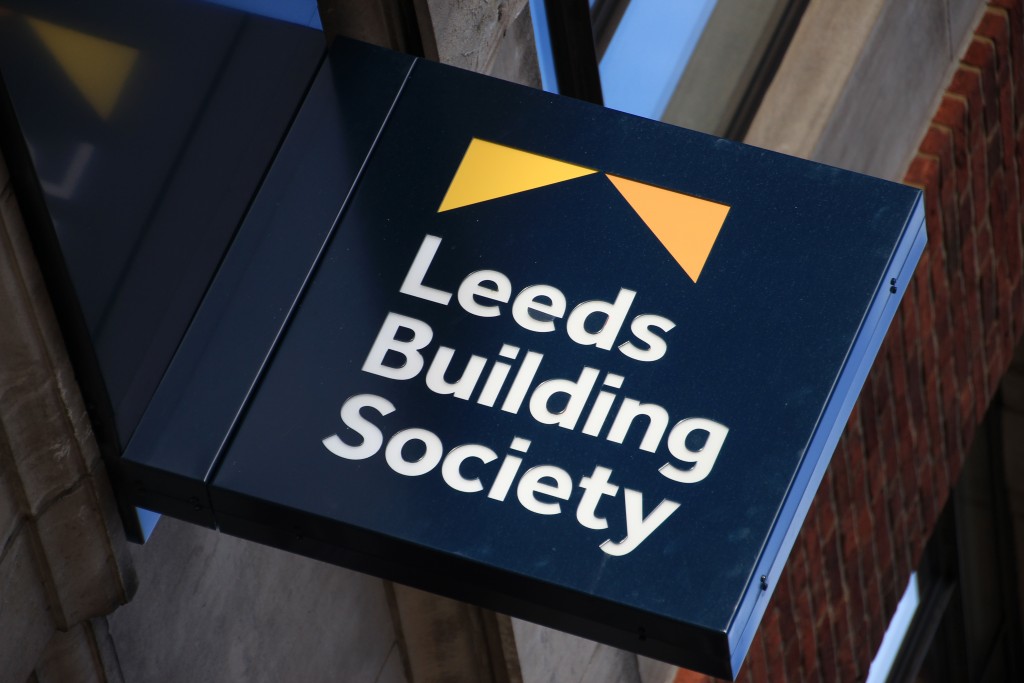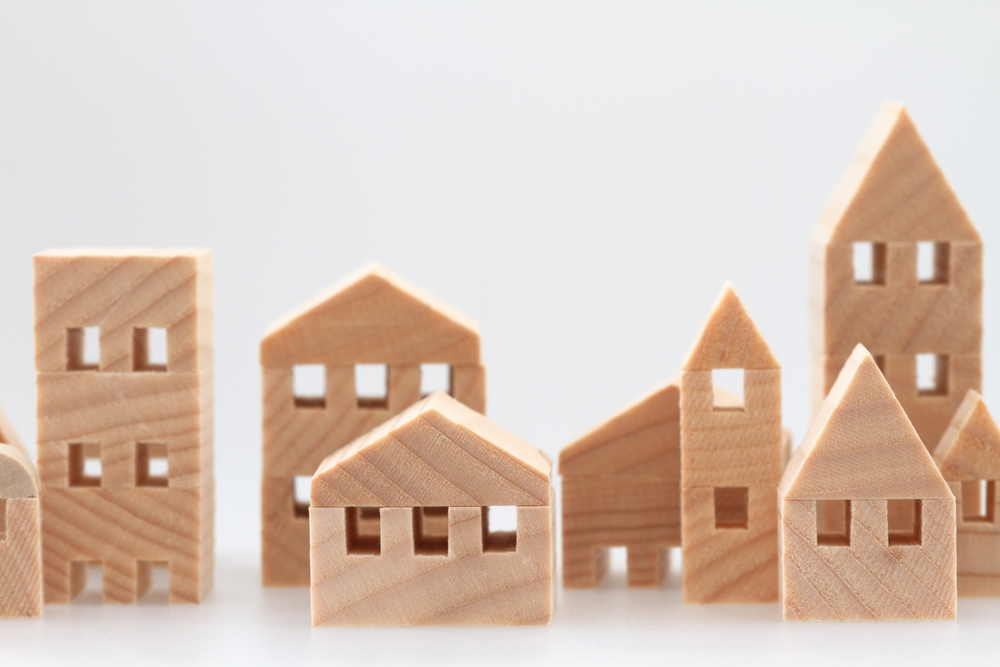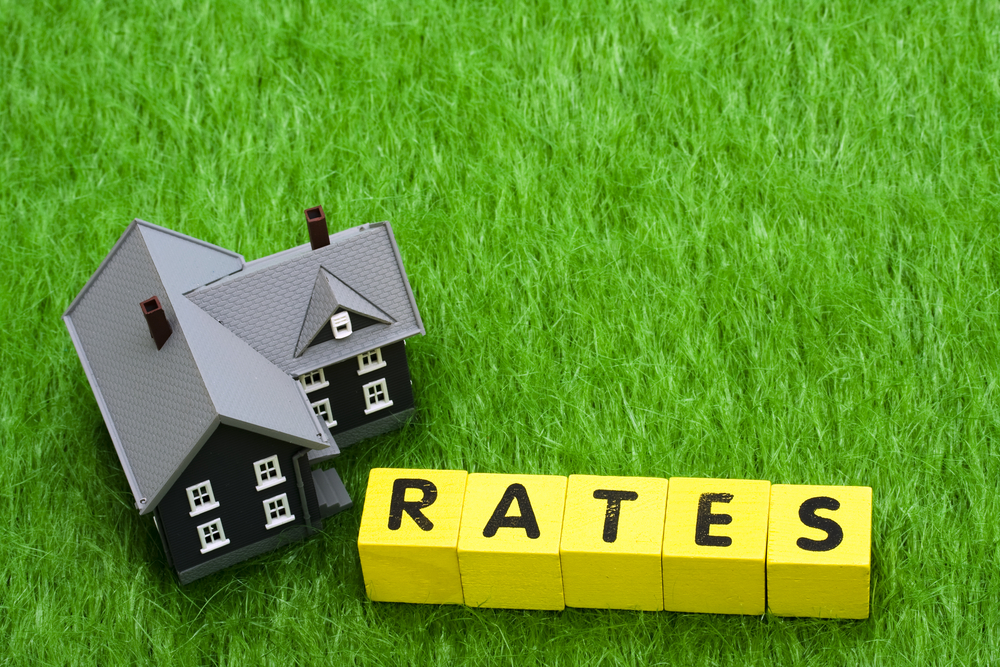
MFG readers will be familiar with the Grenfell Tower Inquiry which continues, hearing evidence and receiving documents relating to the tower block fire which claimed 72 lives on 14 June 2017. As of 31 March 2021, the inquiry had already cost over £117m, comprising of about £17m for the Chairman, Panel and Counsel, £50m for legal representatives, £11m for assessors and experts, £27m for operational costs and £12m for premises and support. By now the cost of the inquiry will have risen further and when the exercise is completed the total cost is likely to significantly exceed £2m for each of the victims of the fire.
Throughout the country the occupants of flats with potentially inflammable cladding and the mortgage lenders who have outstanding loans on these properties will have been following the inquiry proceedings with feelings of dismay and incredulity as the details of this regulatory and corporate scandal have unfolded.
Two conclusions that seem inevitable from the proceedings so far are that it can never be a good idea to clad any building with a material that burns readily releasing thick toxic smoke and if you are in a building and there is a fire – if it is possible and safe – you should evacuate as soon as possible and gather at a suitable meeting point outside rather than stay in your flat.
On 29 August last, a similar fire broke out on the 15th floor of the Torre dei Moro block of flats in Milan. Torre dei Moro was built using Modern Methods of Construction (MMC) about 10 years ago and had recently been refurbished. The building had 20 stories and was about 200 foot high so in many respects rather similar to Grenfell.
The cladding to this tower block in Milan burnt fiercely and within a few hours the whole building was destroyed along with many cars parked nearby and some surrounding infrastructure. The Mayor of Milan, Beppe Sala, congratulated the Milan fire service on the way it handled the fire and was able to report that there had been no reports of injury or death. It would appear that the fire service organised a rapid and complete evacuation of the building.
The Mayor of Milan will now be instigating an enquiry to ascertain how it was that the building was clad in a flammable material. There will no doubt be a review of the applicable testing and approval process and how this material came to be specified.
Perhaps the owners of flats in Italy will be faced with similar issues about saleability and mortgageability that we have had in the UK.
The market for flats in the UK is currently depressed as a consequence of the cladding issue and in an attempt to inject some confidence and certainty for buyers and mortgage lenders the Government and the Royal Institution of Chartered Surveyors (RICS) have produced the External Wall System (EWS1) form scheme.
The EWS1 form is issued by a qualified professional following a fire risk assessment of the cladding. Only one form is issued for each block of flats and this then reassures buyers and mortgage lenders that the cladding is safe covering all the flats in the block. The form is valid for 5 years – a time limit intended to deal with the likelihood that blocks will be periodically refurbished and perhaps, re-clad.
Initially these forms were intended for use only for blocks over 18m high. More recently, to add confusion, there was a pronouncement in January 2020 that blocks of any height may require an EWS1.
In the absence of a satisfactory EWS1 report on a block with cladding mortgage valuers will generally issue a “Nil” valuation and there has been some confusion in the press about these nil valuations. A nil valuation does not mean that the flat has no value. It just means that the valuer is unable to value it.
One problem with the EWS1 form procedure, which was self-evident from its inception, is that the specialist inspection of the cladding and the issuing of the form has to be arranged not by an individual flat owner but by the freeholder or managing agent of the whole block. If the freeholder or managing agent is disinterested or uncooperative there is little that the leaseholder of a specific flat in the block can do to hurry the process.
Many of these freeholds are owned by property investors and speculators who are interested in extracting maximum income from their investment but rather less concerned about their wider responsibilities towards the leasehold flat owners or the wider community.
Not all blocks of flats are surfaced in cladding however and, indeed, most traditionally built blocks are obviously free from exterior wall cladding of any kind. So experienced surveyors will immediately be able to confirm whether a block is unaffected by the cladding issue and therefore the flats in the block are saleable and mortgageable. No EWS1 form will be needed in these cases.
It is fortunate that mortgage lenders can call upon the local knowledge and skill of surveyors undertaking mortgage valuations to identify construction types and highlight potential cladding issues.
Peter Glover is a surveyor and author of Building Surveys and Buying A House Or Flat



